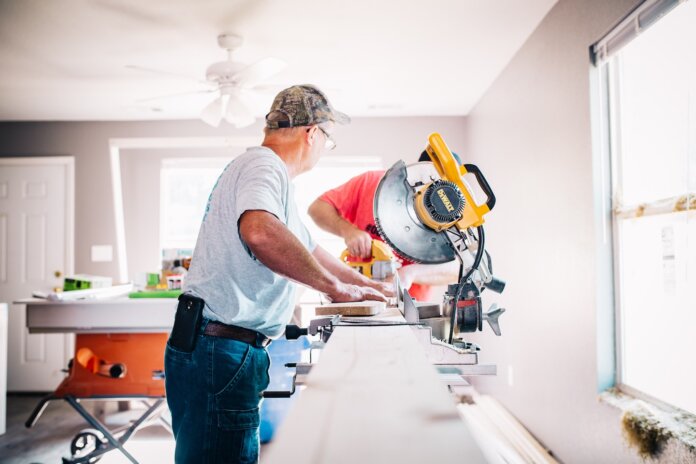Housing starts in January were at a seasonally adjusted annual rate of 1.638 million – a decrease of 4.1% compared with December but up 0.8% compared with January 2021, according to the U.S. Census Bureau and U.S. Department of Housing and Urban Development.
Starts of single-family homes were at a rate of 1.116 million, a decrease of 5.6% compared with December. Starts of multifamily homes (five units or more per building) were at a rate of 510,000, a decrease of 2.1% compared with the previous month.
Regionally, and month-over-month, combined single-family and multifamily starts decreased 37.7% in the Midwest and 2.0% in the South but increased 17.7% in the West and 2.6% in the Northeast.
Building permits eked out an increase for the month, rising 0.7% compared with December to an annual rate of 1.885 million.
Permits for single‐family homes were at a rate of 1.205 million, an increase of 6.8% compared with December, while permits for multifamily dwellings were at a rate of 629,000, down 8.8% compared both the previous month.
Housing completions were at a seasonally adjusted annual rate of 1.246 million, a decrease of 5.2% compared with December and down 6.2% compared with January 2021.
“The market needs more housing, but chronic production bottlenecks, including ongoing price increases for lumber and OSB, continue to raise housing costs and harm housing affordability,” says Jerry Konter, chairman of the National Association of Home Builders (NAHB), in a statement. “In fact, the number of single-family homes under construction continues to rise as construction cycle times increase due to delivery delays with building materials.”
“While single-family starts dropped in January, the rise in permits, along with solid builder sentiment as measured in recent monthly surveys, suggest a positive start to the year given the recent rise in mortgage rates,” adds Robert Dietz, chief economist for NAHB. “The average 30-year mortgage rate increased from 3.1% to a 3.45% from December to January. Fueled by higher mortgage rates and construction costs, declining housing affordability will continue to affect the home building market in 2022.”
Odeta Kushi, deputy chief economist at First American, says housing “starts and completions … will need to increase to keep pace with rising demand from the largest generation, millennials, as they continue to age into their prime home-buying years and find little existing inventory.”
“While both single-family housing starts and completions declined this month, building permits, a leading indicator of housing starts, increased 6.8 percent, representing the green shoots of much needed housing supply,” Kushi says. “However, homebuilder confidence edged lower in February for the second month in a row, as builders continue to face supply chain disruptions, price increases, and concerns that declining affordability will price out some potential buyers.”
“While builder sentiment fell in February, it remains positive and high from a historical perspective because demand for housing remains strong and existing supply sits at record lows,” Kushi says. “This dynamic is supportive of new construction.”
Photo: Annie Gray













